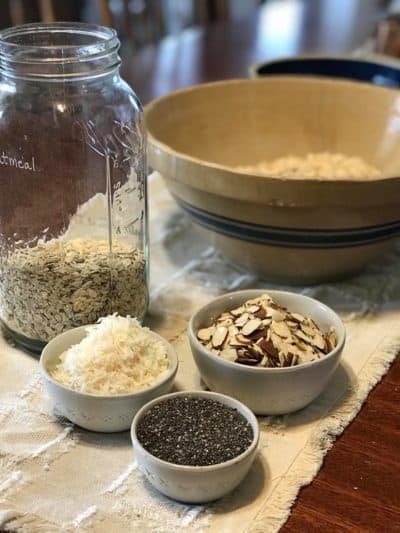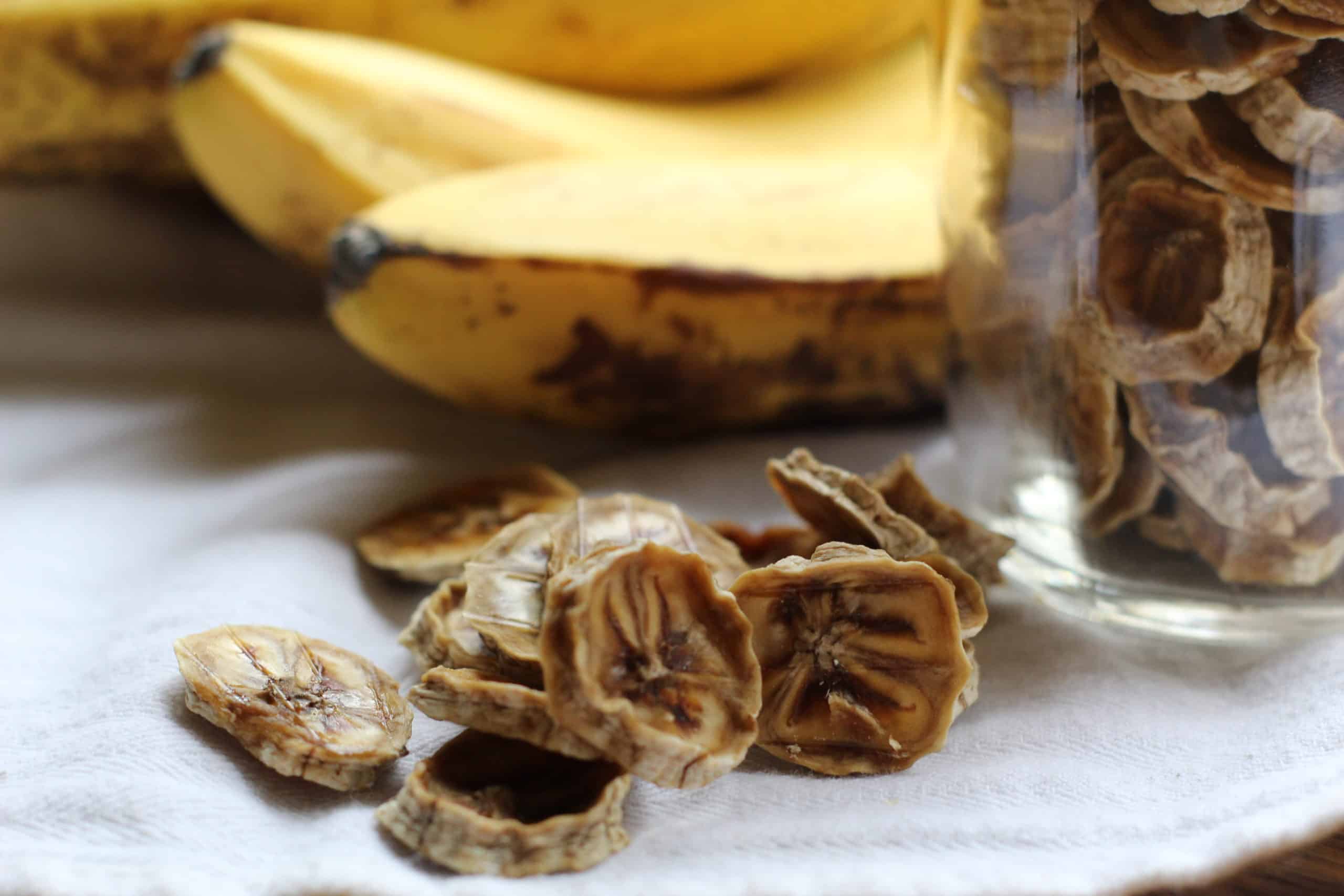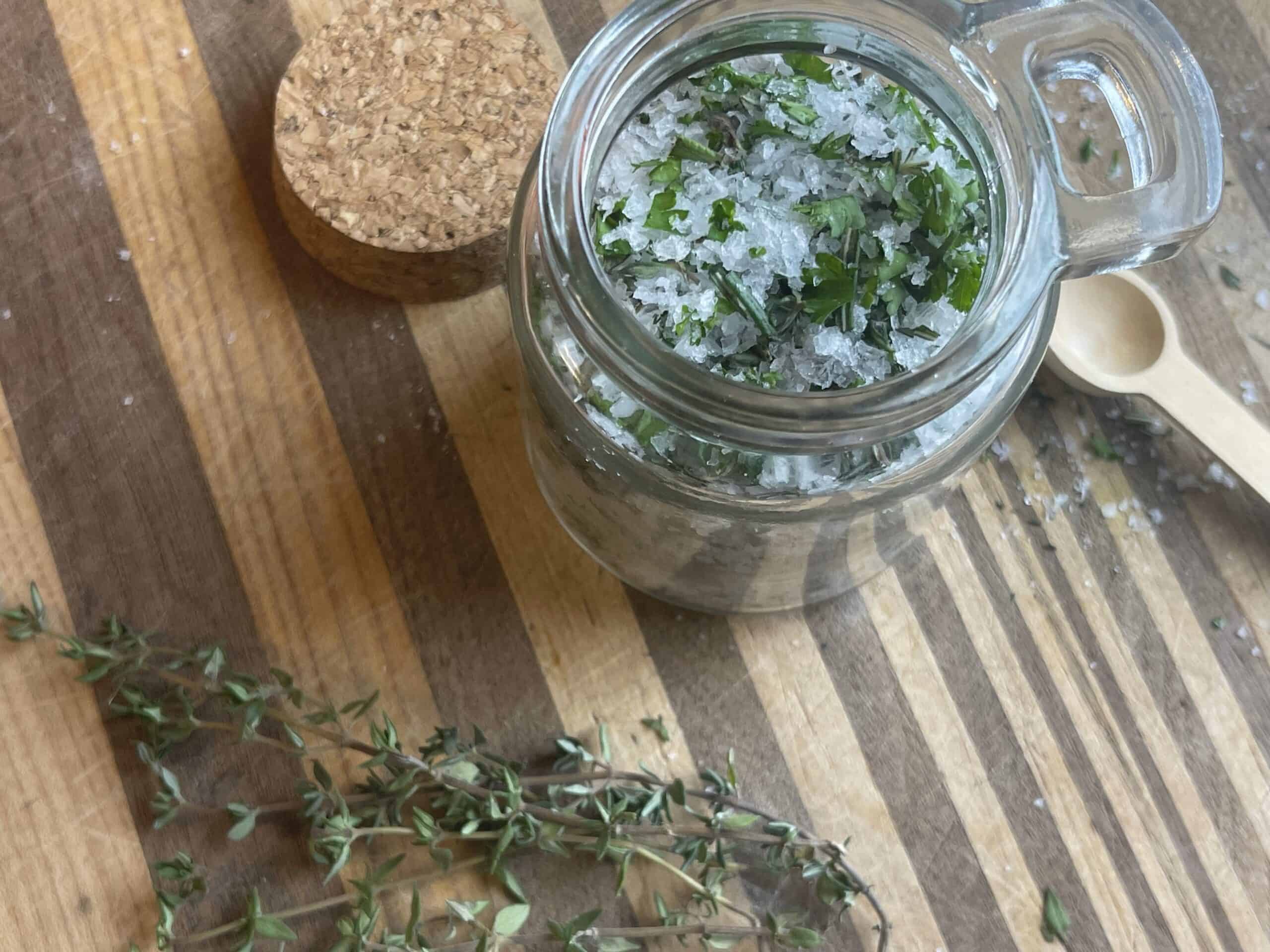How to Make Beet Kvass
It is easy to learn how to make beet kvass and it takes very little effort! Incredibly good for you and darn tasty (in my opinion) this ancient drink is worth a try.
What is Beet Kvass?
Beet Kvass, also called russel or rassol is a fermented drink made using beets, water, and salt. It originates from Eastern Europe and is rooted in the Jewish community.
It can be drank straight as a tonic, mixed into drinks, and added to soups and stews for flavor.
What does Beet Kvass taste like?
I’ll tell you right now, if you don’t like beets then you are not going to like beet kvass. If you like the earthy, somewhat sweet taste of beets, then you’ll probably love the stuff.
Kvass has a subtly sour taste that varies on the fermentation time. It is a little sweet, very earthy, and if you bottle it appropriately, can also be fizzy.

What are the benefits of Beet Kvass?
When Vegetables are fermented in water the vegetable’s nutrients infuse into water itself.
Beet Kvass is a great source of potassium, magnesium, vitamin c, and folate.
Their signature deep red color comes from something called betalains which are high in antioxidants and anti-inflammatory properties. Source.
You also have the bonus of a fermented beverage which is full of good for you natural bacteria and probiotics.
This post contains affiliate links, which means I make a small commission at no extra cost to you. See my full disclosure here.

Ingredients and Supplies to make Beet Kvass
Supplies
- Cutting Board
- Knife
- Half Gallon Jar
- Teaspoon
- Stir Spoon
Ingredients
- 1 1/2 pounds of beets, peeled and chopped
- Unchlorinated Water
- Non-Iodized Salt
What kind of beets work for kvass?
Whatever good quality beets you have on hand! A good old red/ruby beet will give you that dark gorgeous red color but golden beets will work as well. Be warned, you will end up with more of a murky color than gorgeous golden color. I read one source that added a touch of turmeric powder to their golden beet kvass to get that gorgeous hue.
Fall beets will have a sweeter flavor as the beet plant stocks up on sugar in its root to prepare for winter. A spring/summer beet will definitely be earthier as opposed to sweet.
How to Make Beet Kvass
Start with about 1 1/2 pounds of beets.
Peel the beets, then rough chop them up into about 1/2 inch pieces.
Place the beets in a half gallon mason jar.

Add in 2 teaspoons of non iodized salt.
Pour unchlorinated water over the beets. Stir with a long spoon.
Cover the jar loosely with a paper towel and a rubber band to keep it in place.
Let the jar sit for seven days or so out of direct sunlight. It’s a good idea to place it on a plate or tray in case the fermentation goes wild.
Stir the beets up each day. You should expect to see some foaming/bubbling. If any scum shows up on the top just skim it off with a spoon.

After a week or so, give it a taste. It should be lightly salty, beet-y, and a little tangy. For more tang, let it ferment longer.
When you’ve reached the flavor you like, strain the kvass into a sealable jar and store in the fridge for up to one week.
Don’t throw out the beets! You can make at least another batch, maybe even two, from those beets by repeating the whole process over again.
If you’d like more fizz, please see below.
You can add a little sugar, honey, or other juice to your kvass to play around with flavor combinations.
Fizzy Beet Kvass
Beet kvass can be used and enjoyed as soon as the flavor is where you want it. If you’d like your kvass to have more of a fizz, you can pour it into swing top bottles and allow it to ferment for another day or two. Be careful when opening the bottle (I recommend outside) in case the carbonation has built up enough that it pops out like champagne. Beet juice can be hard to clean off of a countertop, let alone your ceiling.
Can I make different kinds of kvass?
Absolutely! Kvass comes from the Yiddish word for “brine” so it covers more than just beets.
A great resource is Sandor Katz’ The Art of Fermentation. He has a whole section dedicated to kvass. You can make it from cucumbers, lettuce, carrots, and cabbage to name a few. You’ll have to experiment with the salt and fermentation times.
I haven’t tried it yet, but he shares the recipe from food historian Alexandra Grigorieva for a lettuce kvass where torn lettuce is salted, lightly sugared, seasoned with dill and garlic, then covered in water and fermented.
A Word of Caution with Beets
One of the best things about a beet is its rich, almost passionate red color. That color can be so strong that it sticks around even as it exits your body. What I’m trying to say politely here, is don’t panic if your poop or pee is beet red. Totally normal and nothing to worry about. It’s just beets.
Watch and Learn
Follow along step-by-step as I make beet kvass!
Pin it for Later

Sources
Fermented Vegetables by Kristen and Christopher Shockey
The Art of Fermentation by Sandor Katz








Thanks Kelsey! New Baby and blogging! You rock woman!!!
Hi there. Love your site. Love this article. If my red beet kvass on the 2nd day looks murky, does that mean it’s bad? Thanks so much.
Thanks so much! And I’d say murky isn’t an issue, just keep stirring every day. If you get funky mold on top (not just the white type of kahm yeast) that’d be an issue.